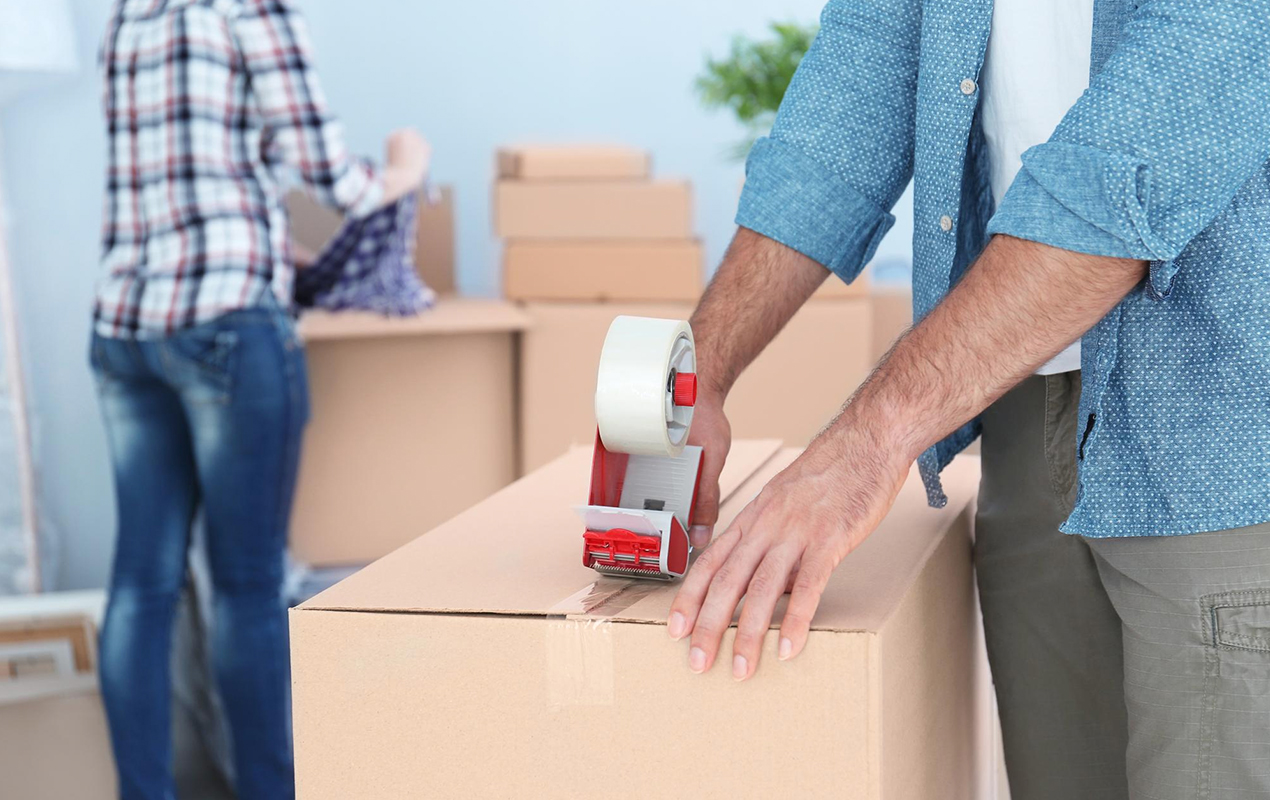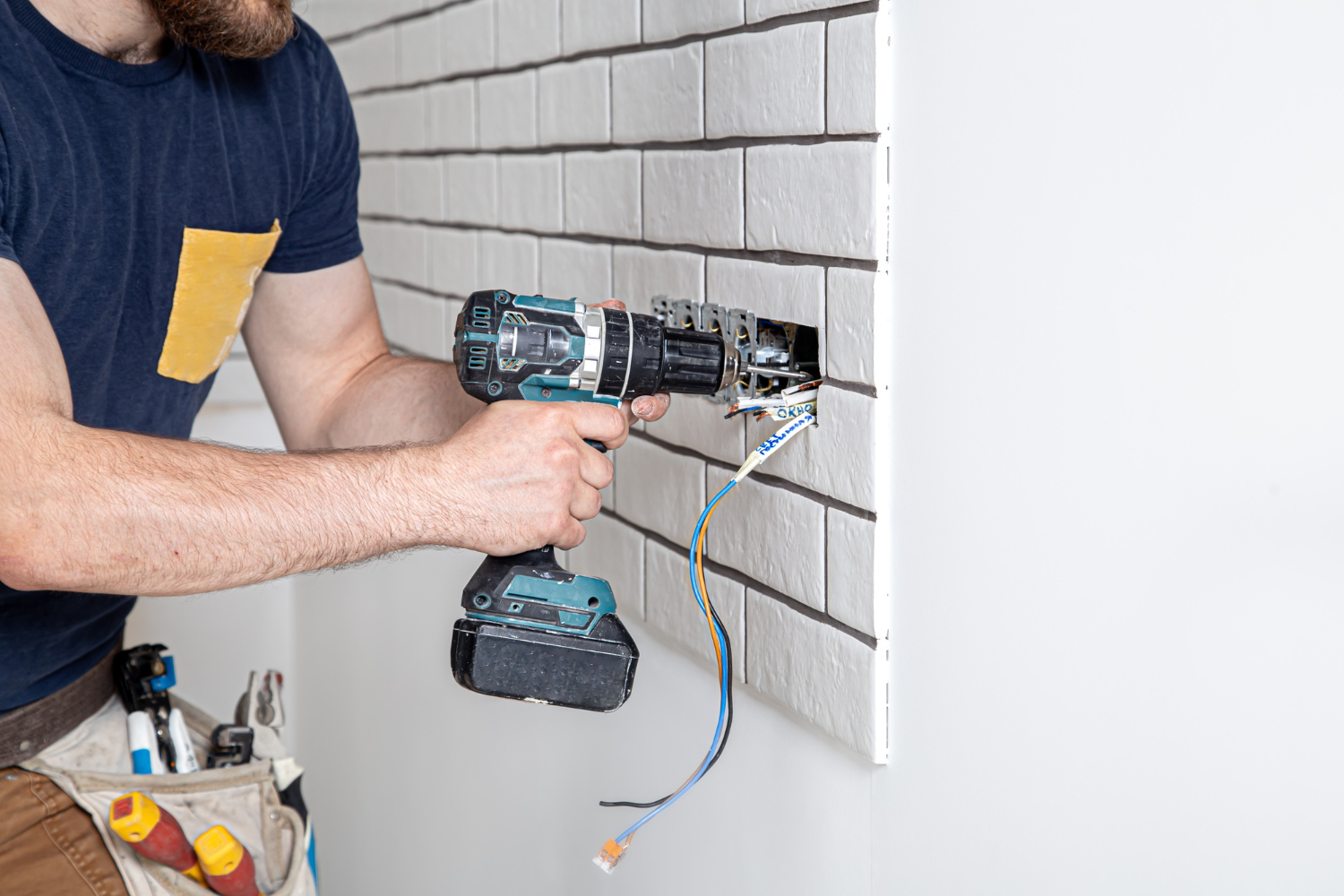Blog
Planning Your Home Move: A Step-By-Step Guide

A home move can be stressful. Between packing up everything you own, finding a new place, changing your address, and lugging boxes from one house to another, it often feels overwhelming. Yet it didn’t stop around 8.2 million Americans from moving interstate in 2023.
With strategic planning and clear steps to follow, you can make your upcoming move more manageable. Here’s a step-by-step guide to help you plan your home move. These tried and tested tips will make the relocation process more smoothly for you and your loved ones. Read on!
Start Organizing and Purging Early
It’s never too early to start going through your stuff. So, decide what you need to take with you to your new home. Moving can actually be the perfect excuse to downsize and declutter items that have piled up over the years.
Go room by room and be merciless. Make four piles – trash, donate, store, and move. Throw, sell, or donate anything you haven’t used in over a year. Do the same for things that don’t ‘spark joy’ when you see them. Decluttering saves you from lugging unnecessary things to your new place and also makes packing easier when the time comes. Trust us; it’ll make the relocation flawless.
Prepare a Home Move Budget
There are inevitable expenses that come with moving, no matter how minimalist you try to be. This holds whether you choose to hire professional moving companies like thebigboymovers.com, rental trucks, or storage units.
From moving to storage fees and purchasing new furniture–it all adds up quickly. The last thing you want is to be caught financially unprepared. That’s why creating a moving budget is essential for avoiding unwanted stress. Research average costs for your area, including:
- Movers or rental trucks
- Packing supplies
- Address change notifications
- New furniture/appliances
- Storage fees, if needed
From there, add up to 20% of your estimated costs for unexpected expenses. Saving up and designating funds will keep you feeling in control. Rates for moving out of state are going to be higher than moving locally. It’s a good idea to check with moving companies as to what the rate will be, so you can prepare a budget beforehand.
Secure Your New Home
While this may seem obvious, properly securing your new place is a key step and has the biggest impact when scheduling your pre-move activities. That said, sign a lease or close on a home purchase at least a month before setting your moving date. Give yourself at least two months to navigate the process.
It takes time to view potential homes in person, submit applications or offers, negotiate contracts, schedule inspections, secure financing if needed, and finalize paperwork. You don’t want to be left scrambling for temporary housing because you need more lead time.
When you finally decide on your new pad, whether you’re looking to buy or sell your home in New York for example, or wherever else you desire, get ahead of tasks like contacting utility companies, scheduling internet and cable installation, deciding on renter’s insurance, coordinating mail, etc. Taking stock of these administrative tasks early ensures your move goes more smoothly.
Research Local Moving Resources
Having reliable resources lined up for the big move will also give you comfort. So, search online reviews and get references to find the best options for:
- Movers and truck rentals
- Storage facilities
- Packaging supplies retailer
- Heavy lifting help from friends/family
- Additionally, explore your new neighborhood for these essential locations:
- Top-rated takeout/restaurants for move-in day meals
- Go-to grocery store and pharmacy
- Nearest gas stations, banks, schools (if you have kids)
Pin down places you can rely on if any issues arise during this hectic time. It helps minimize stress when you have these solutions ready—like having a trusted Jacksonville moving company on standby.
Strategically Pack and Label
A key strategy most people swear by is labeling all boxes clearly with general contents and assigning them to which room they belong. This keeps your possessions neatly organized and saves the hassle of guessing what’s inside. You also don’t need to shuffle each box or container from room to room.
Besides ensuring proper labeling, be strategic in how you pack. For instance, place heavier items like books at the bottom and cushion fragile objects safely. Seal clothing and linens tightly in bins to avoid dirt or pests from getting in. Moreover, waterproof valuable documents, just in case. Carefully packing now cuts down damaged goods or time wasted unloading later.
If you haven’t already, you might also think about building your own home repair toolkit to keep handy as you move in. Having basic tools easily accessible can help you quickly handle unexpected fixes or furniture assembly in your new home.
Prepare an Essentials Kit
Expect to be exhausted on your moving date. So, it’s okay not to move and unpack as soon as you arrive. However, do pack an essentials kit containing hygiene products, your phone and laptop chargers, towels, and medications, so you don’t have to scour your boxes if you need them. It would also help if you prepared or bought meals in advance so you don’t have to cook as soon as you arrive.

Photo by Freepik
Notify Important Parties of Address Change
Keep updating your address with key contacts, too. Go through this tedious but necessary pre-moving task at least two weeks before the big day. Submit a change of address notification to:
- Employers and Schools
- Financial Institutions
- Insurance Companies
- Healthcare Providers
- Companies you’re currently subscribed to or have memberships
You may have to inform your tenant about your new address, too. Doing a mass address switch at least two weeks before your move ensures you don’t miss important mail or bills that may get lost in transition. Plus, you’ll have essential contacts established in your new location before getting there.
Synchronize Utilities at Your Old and New House
Avoid future headaches by arranging when to terminate the services of your former home and when to start the utilities in your new property. About one week before your moving schedule, call your utility providers – internet, electric, gas, water – to terminate service at your old address on the proper date. Also, schedule turn-on dates for the following week when you move into your new place. Allocate at least one day before your moving date so you’ll arrive at your new place worry-free.
Deep Clean and Set Up New Your Home
Of course, you want your new place spic and span for unloading and getting acclimated in the first few days. In this case, you may consider hiring a cleaning crew or recruiting a family member for help. Removing old dirt or grime can make the place feel more welcoming.
Moreover, set up the essentials. For example, consider setting up your bed, kitchenware, towels, and other necessary items a day before the move. This allows you to feel comfortable right after an exhausting move. The less you worry about finding or unpacking the first night, the better. Likewise, you won’t have problems uplifting the look of your new living space with a clean slate.
Concluding Thoughts
A home move may sound complicated and stressful, but not when done systematically. While the steps above require effort and thorough planning, they’re doable if you start early. It also helps to maintain a checklist so you don’t miss any important parts of the relocation process. Moreover, focus on one step at a time. Your new home awaits, so get cozy and be ready to create lasting memories in it.

















